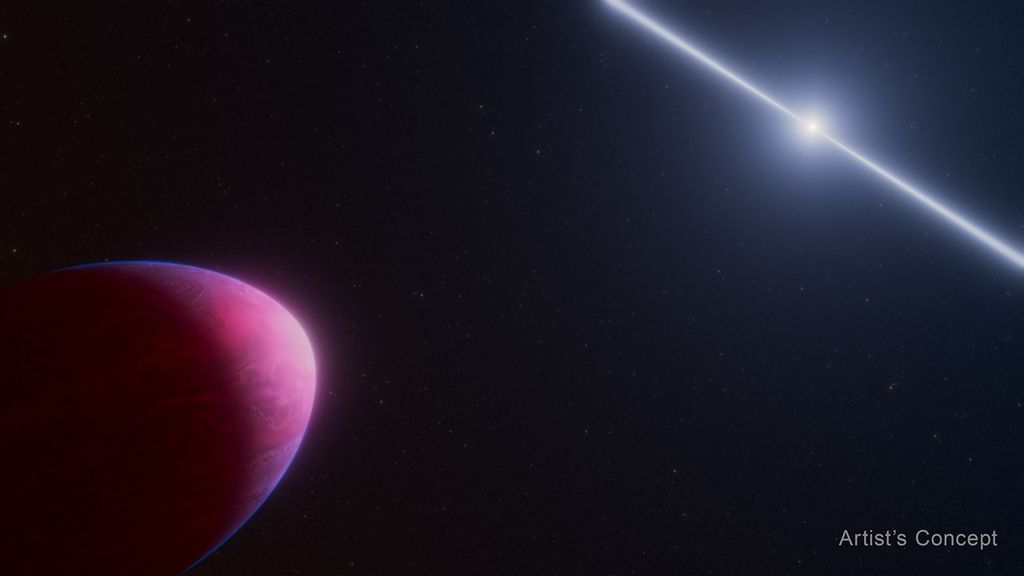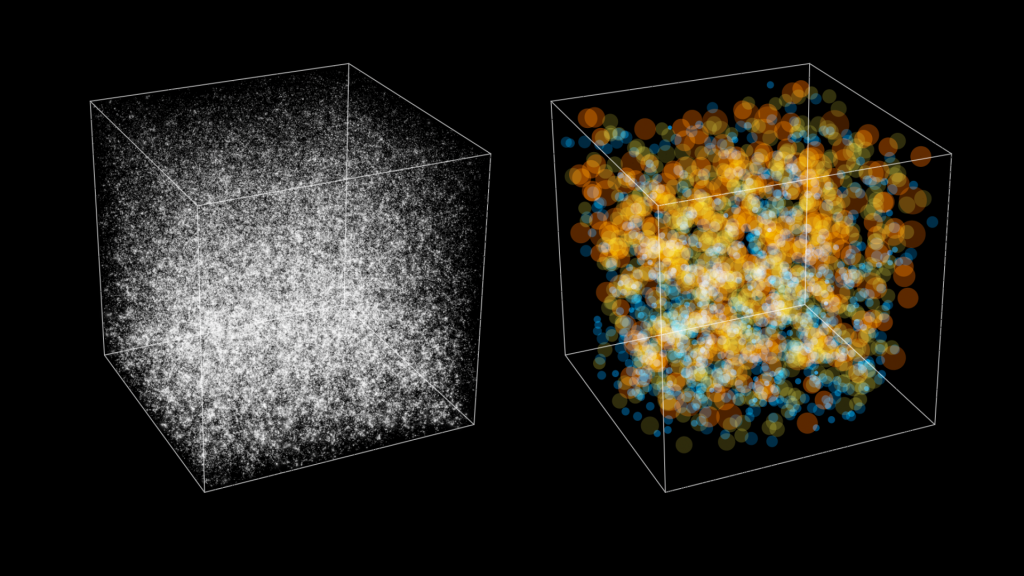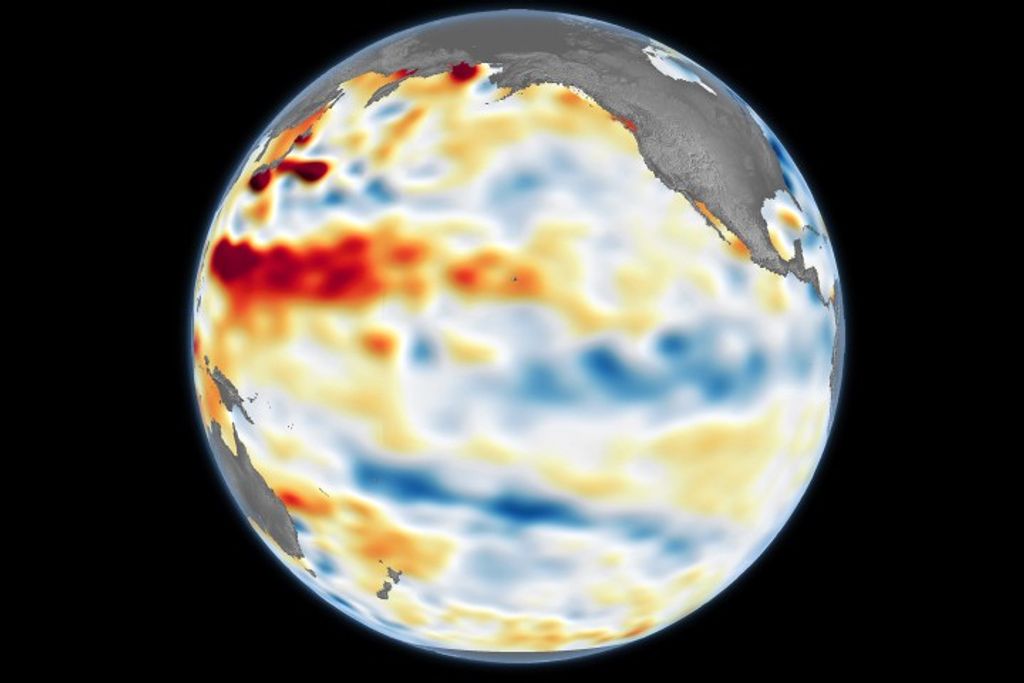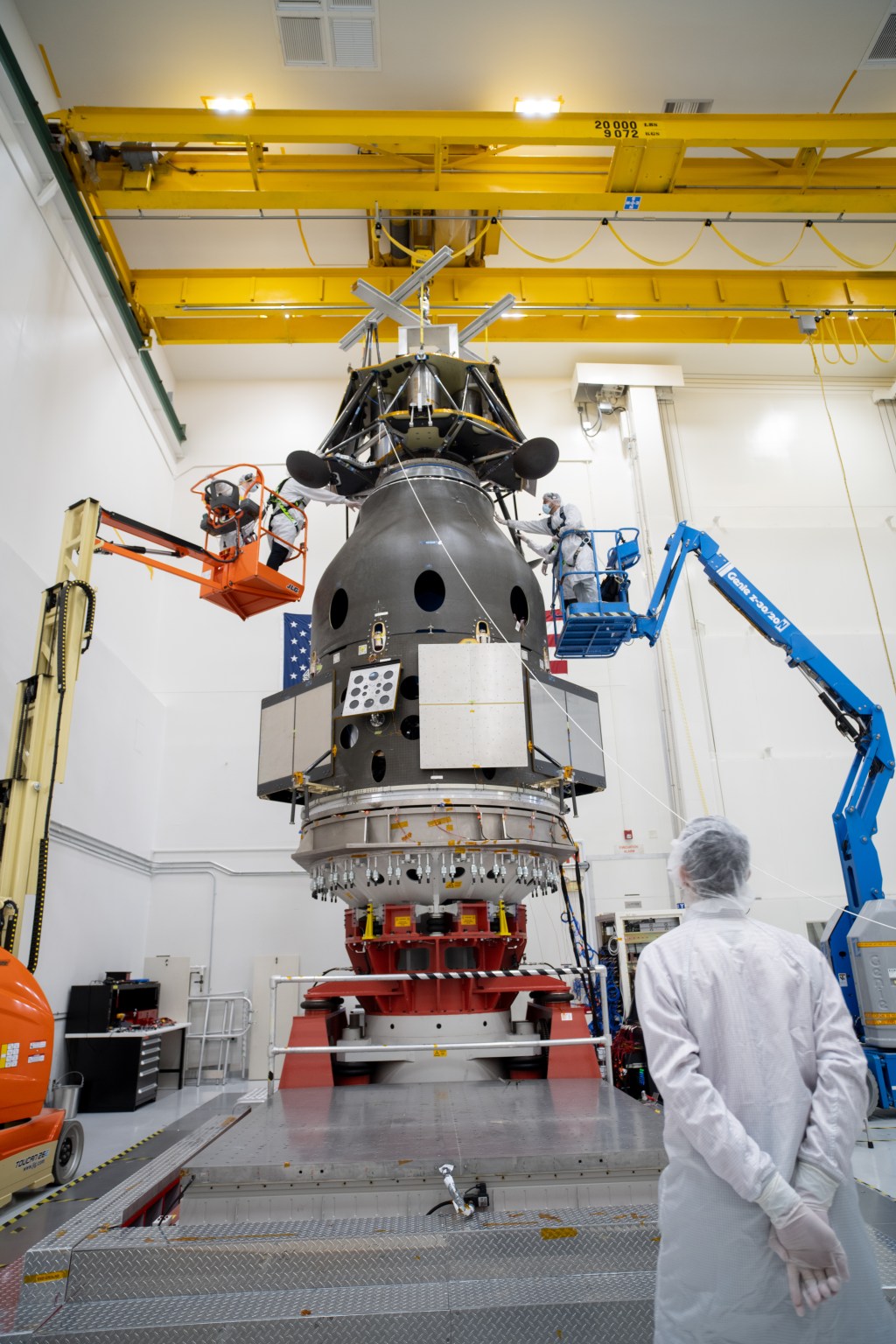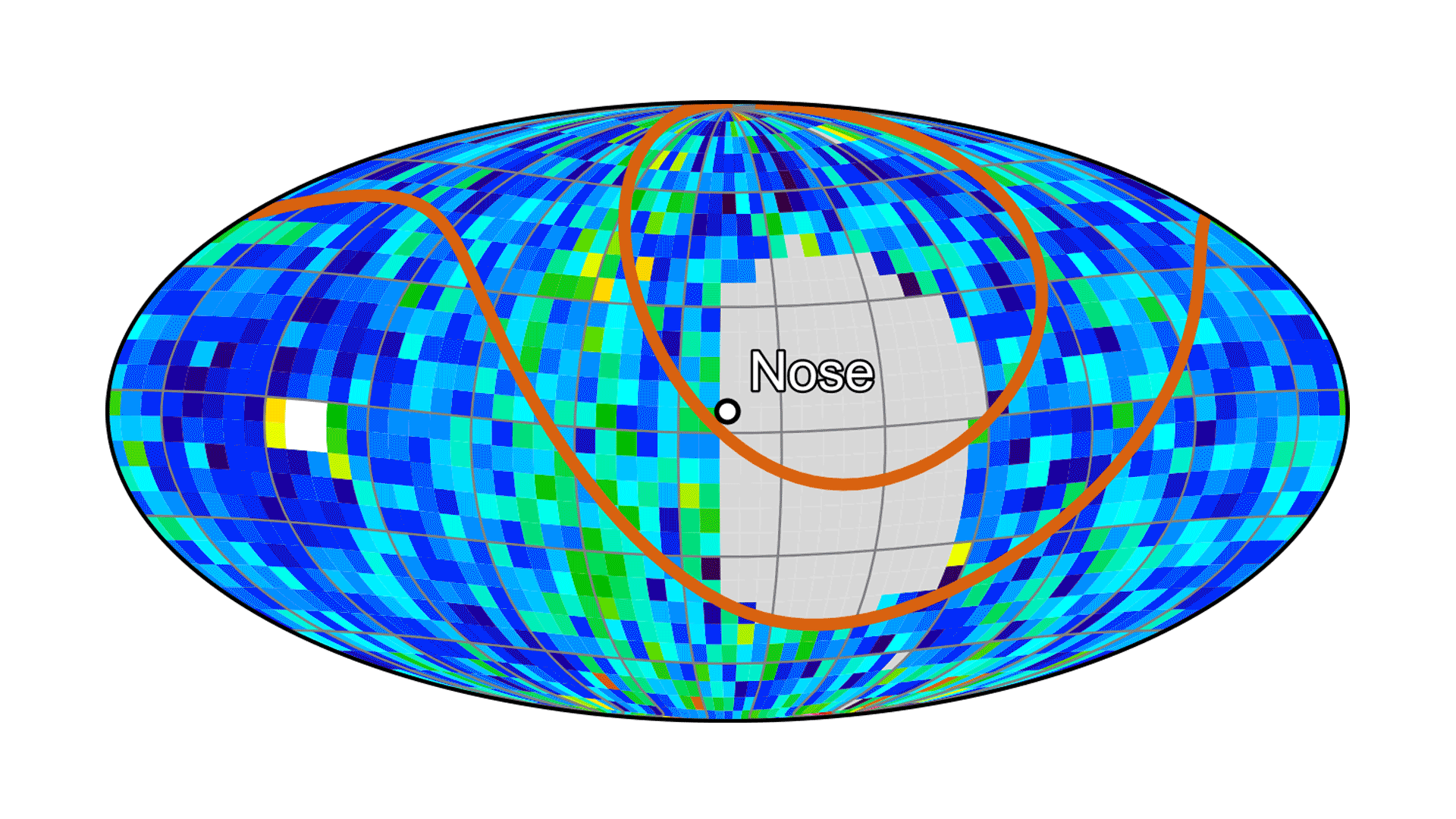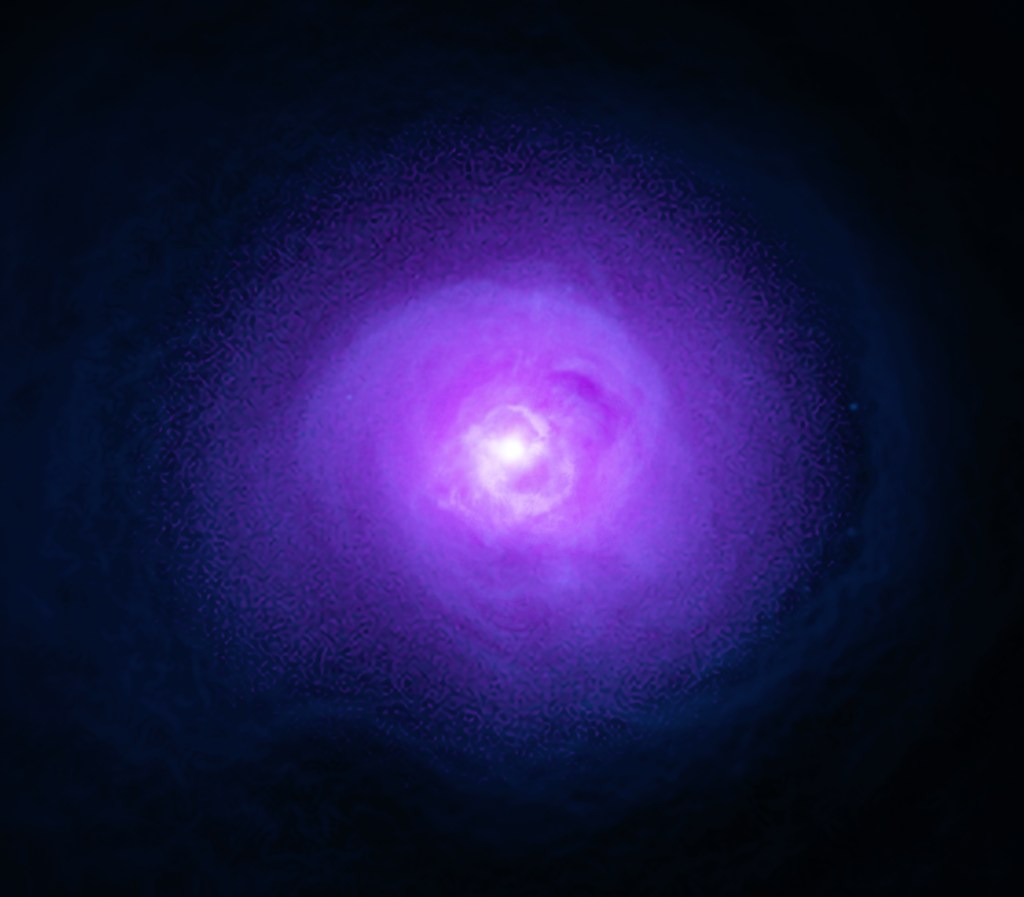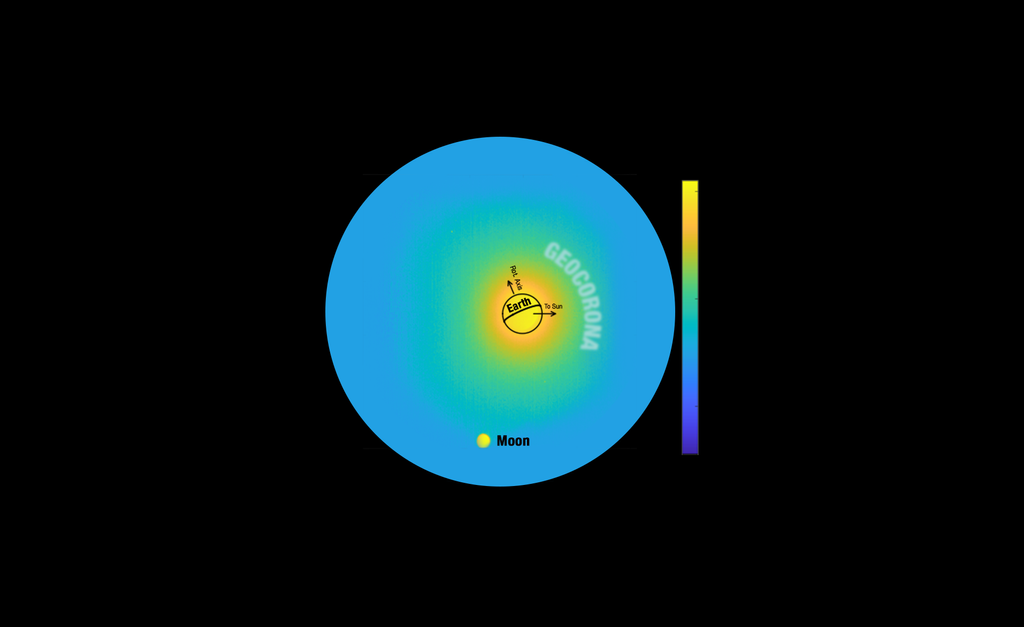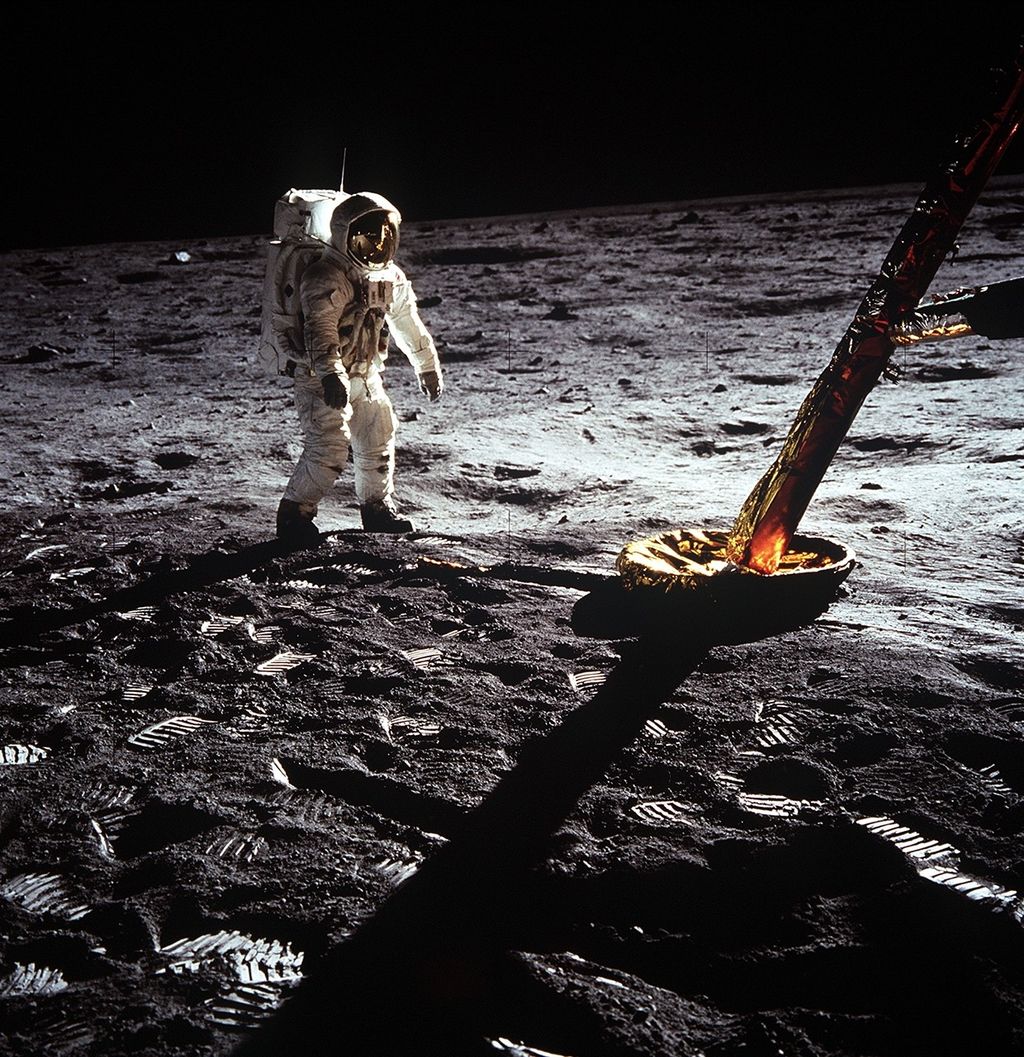1 min read
A Bird’s Eye View of a Galaxy Collision

What appears as a bird's head, leaning over to snatch up a tasty meal, is a striking example of a galaxy collision in NGC 6745. A large spiral galaxy, with its nucleus still intact, peers at the smaller passing galaxy (nearly out of the field of view at lower right), while a bright blue beak and bright whitish-blue top feathers show the distinct path taken during the smaller galaxy's journey. These galaxies did not merely interact gravitationally as they passed one another, they actually collided.
When galaxies collide, the stars that normally comprise the major portion of the luminous mass of each of the two galaxies will almost never collide with each other, but will pass rather freely between each other with little damage. This occurs because the physical size of individual stars is tiny compared to their typical separations, making the chance of physical encounter relatively small. In our own Milky Way galaxy, the space between our Sun and our nearest stellar neighbor, Proxima Centauri (part of the Alpha Centauri triple system), is a vast 4.3 light-years.
However, the situation is quite different for the interstellar media in the above two galaxies - material consisting largely of clouds of atomic and molecular gases and of tiny particles of matter and dust, strongly coupled to the gas. Wherever the interstellar clouds of the two galaxies collide, they do not freely move past each other without interruption but, rather, suffer a damaging collision. High relative velocities cause ram pressures at the surface of contact between the interacting interstellar clouds. This pressure, in turn, produces material densities sufficiently extreme as to trigger star formation through gravitational collapse. The hot blue stars in this image are evidence of this star formation.
This image was created by the Hubble Heritage Team using NASA Hubble Space Telescope archive data taken with the Wide Field Planetary Camera 2 in March 1996. Members of the science team, which include Roger Lynds (KPNO/NOAO) and Earl J. O'Neil, Jr. (Steward Obs.), used infrared, red, visual and ultravoilet filters to image this galaxy system. Lynds and O'Neil are currently using the Hubble data along with ground-based radio observations to further study the interactions within NGC 6745.
About the Object
- R.A. PositionR.A. PositionRight ascension – analogous to longitude – is one component of an object's position.19h 1m 41.5s
- Dec. PositionDec. PositionDeclination – analogous to latitude – is one component of an object's position.40° 44' 43.0"
- ConstellationConstellationOne of 88 recognized regions of the celestial sphere in which the object appears.Lyra
- DistanceDistanceThe physical distance from Earth to the astronomical object. Distances within our solar system are usually measured in Astronomical Units (AU). Distances between stars are usually measured in light-years. Interstellar distances can also be measured in parsecs.About 63.5 Mpc (206 million light-years)
- DimensionsDimensionsThe physical size of the object or the apparent angle it subtends on the sky.This interacting galaxy system is roughly 1.5 x 0.7 arc minutes with a major axis of roughly 26 kpc. Magnitude: 13.3
About the Data
- Data DescriptionData DescriptionProposal: A description of the observations, their scientific justification, and the links to the data available in the science archive.
Science Team: The astronomers who planned the observations and analyzed the data. "PI" refers to the Principal Investigator.Principal Astronomers: Roger Lynds (NOAO), Earl J. O'Neil, Jr. (Steward Obs./Univ of Arizona) - InstrumentInstrumentThe science instrument used to produce the data.HST>WFPC2
- Exposure DatesExposure DatesThe date(s) that the telescope made its observations and the total exposure time.March 18 - 21, 1996, Exposure Time: 10.3 hours
- FiltersFiltersThe camera filters that were used in the science observations.F336W (U), F555W (V), and F814W (I)
- Object NameObject NameA name or catalog number that astronomers use to identify an astronomical object.NGC 6745
- Object DescriptionObject DescriptionThe type of astronomical object.Interacting Galaxies
- Release DateNovember 2, 2000
- Science ReleaseA Bird’s Eye View of a Galaxy Collision
- Credit

Blue: F336W (U) Green: F555W (V) Red: F814W (I)
Share
Details
Claire Andreoli
NASA’s Goddard Space Flight Center
Greenbelt, Maryland
claire.andreoli@nasa.gov


